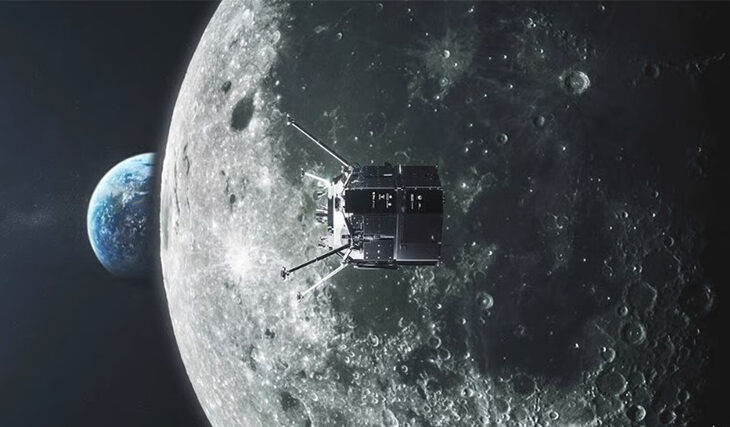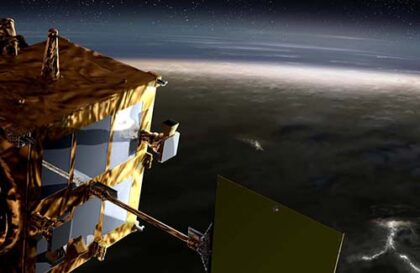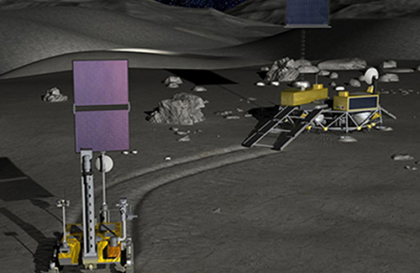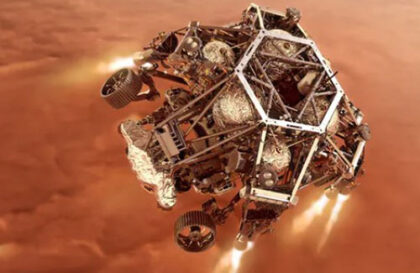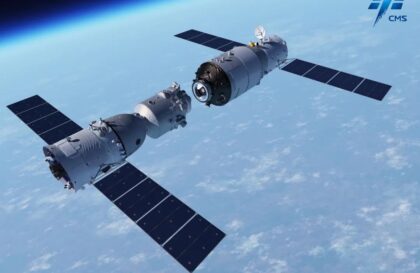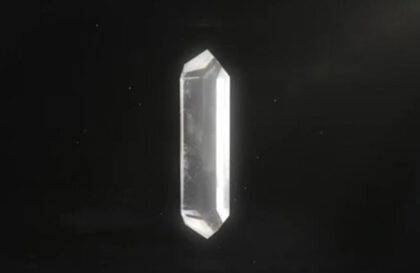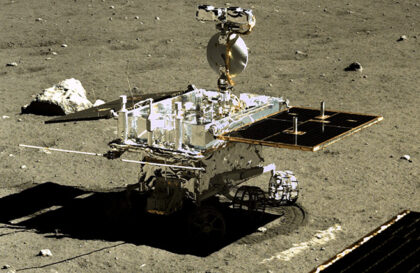Who is in the race?
The moon acts as a test site for a proposed mission to Mars. As part of these strategic plans, NASA intends to have a Gateway space station orbiting the Moon by the end of this decade. This station will become an important hub for preparations for travel to both the Moon and Mars. The timing of the construction of the American lunar base remains uncertain, although it was previously planned to begin its construction by 2030.
India, China, and Russia are also actively developing their plans for lunar exploration and preparing for missions to Mars. They also seek to set up their bases and land astronauts in the region of the South Pole of the Moon. For these countries, the Moon, as well as for the United States, is an important stage before the exploration of Mars.
Japan is also showing interest in a lunar race, and the European Space Agency plans to partner with NASA on the Artemis program to explore the moon. The name of the program is associated with ancient Greek mythology, where the goddess Artemis was the sister of Apollo. Apollo was the name of a previous successful American lunar program that ended in 1972.
Why the South Pole of the Moon?
This region of the Moon is becoming of great strategic importance, and fierce international competition is already flaring up for advantages in its use.
The events of recent years indicate that the space agencies of various countries are striving to master the area of the South Pole of the Moon. This became clear after the successful Indian mission “Chandrayan-3”, while Russia’s attempt with the device “Luna-25” failed. The United States plans to land astronauts in the area as early as 2025, China is also making plans for the coming years.
Two key factors explain this interest in the South Pole of the Moon: economic and political.
Firstly, this region is replete with craters, which store a significant amount of water ice. The possibility of mining and processing this ice on the Moon opens the way to obtaining important resources such as water, oxygen, and hydrogen. This will create conditions for sustaining life on a permanent lunar base and allow for the production of rocket fuel in situ, avoiding the need to transport these resources from Earth and lowering the overall cost of lunar missions.
Secondly, the struggle for the South Pole of the Moon is reminiscent of the lunar race of the last century between the USA and the USSR for the right to be the first to reach the Moon. Today, countries are competing to establish an operational base in this region, which will provide them with significant advantages not only in lunar but also in Martian exploration.
The plans of the participants of the lunar race
The plans of the participants of the lunar race
2024 NASA Artemis 2 lunar mission astronauts will fly around the moon in a spacecraft, but will not land on its surface.
China’s Chang’e-6 lander is to land on the far side of the moon, collect samples of the local regolith, and deliver them to Earth.
2025 As part of the Artemis 3 mission, NASA plans to land astronauts on the moon. Also during this mission, the first two modules of the Gateway space station will be delivered into orbit around the moon.
2026 year. China plans to land its Chang’e-7 lander near the south pole of the moon.
2027 year. Even before the crash of Luna-25, Russia was planning to launch the Luna-26 orbiter this year, which was supposed to explore the poles of the Earth’s satellite.
2026-2028 years. India, together with Japan, plans to land the Chandrayaan-4 lander near the South Pole of the Moon.
2028 year. China is going to land the Chang’e-8 spacecraft in the south polar region and test the technology of 3D printing of buildings from lunar regolith.
As part of the Artemis 3 mission, NASA wants to land even more astronauts on the Moon, as well as deliver another Gateway station module into orbit around the Moon.
Russia planned to land its Luna-27 lander in the same region of the Moon.
2029 year. As part of the Artemis 5 mission, NASA is going to deliver even more astronauts to the Moon in the South Pole region than in previous manned missions.
2029-2031 years. As part of the Artemis 6 mission, NASA will deliver the fourth module to the Gateway station and plans to land astronauts on the Moon again.
China plans to land its astronauts on the moon.
The plans of the space agencies are still too vague. However the United States plans to build a permanent base on the moon in the early 2030s, and China, along with Russia, plans to build something similar by 2035.
The fight for the moon will be very intense.
Image credit:
https://www.economist.com
https://www.independent.org
https://www.indiatvnews.com
https://universemagazine.com
